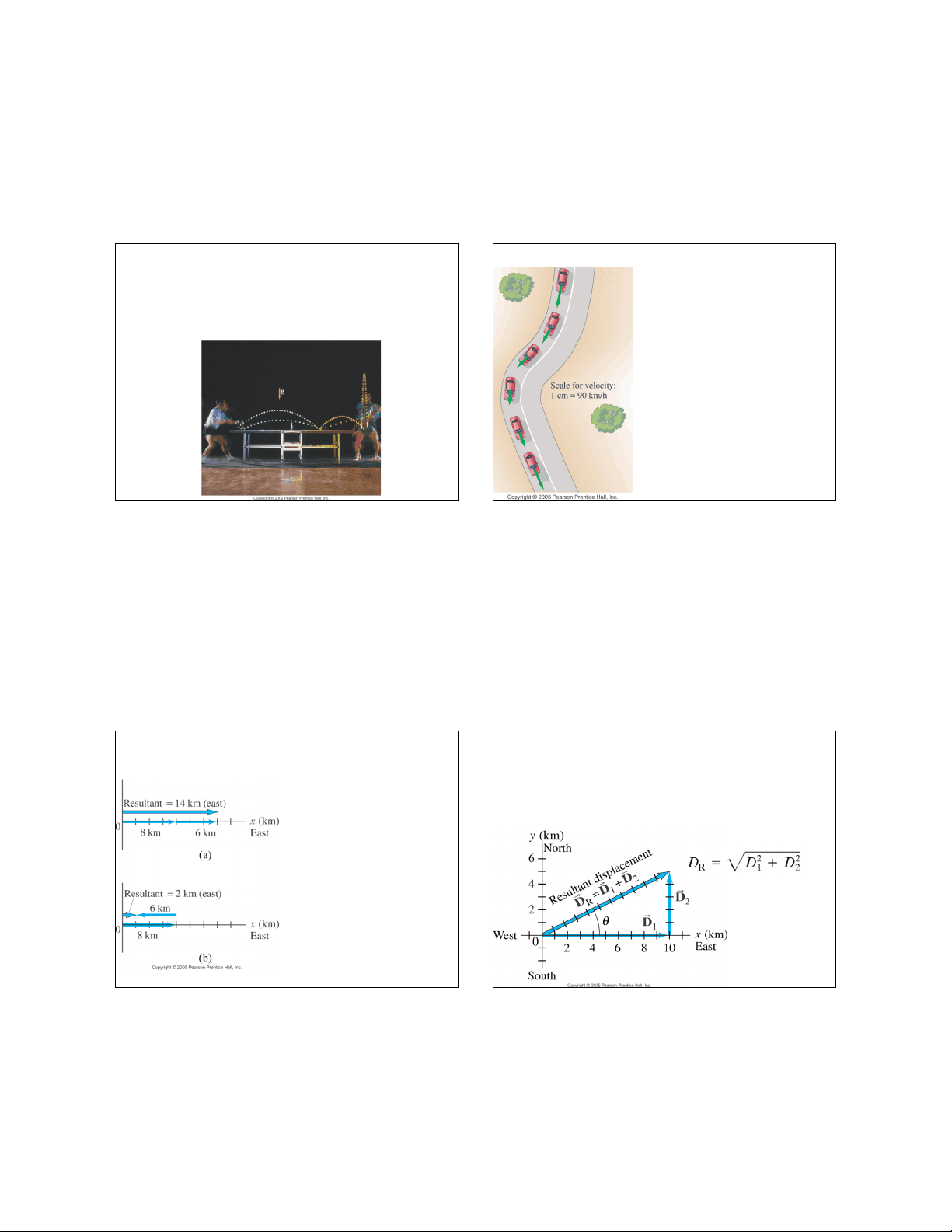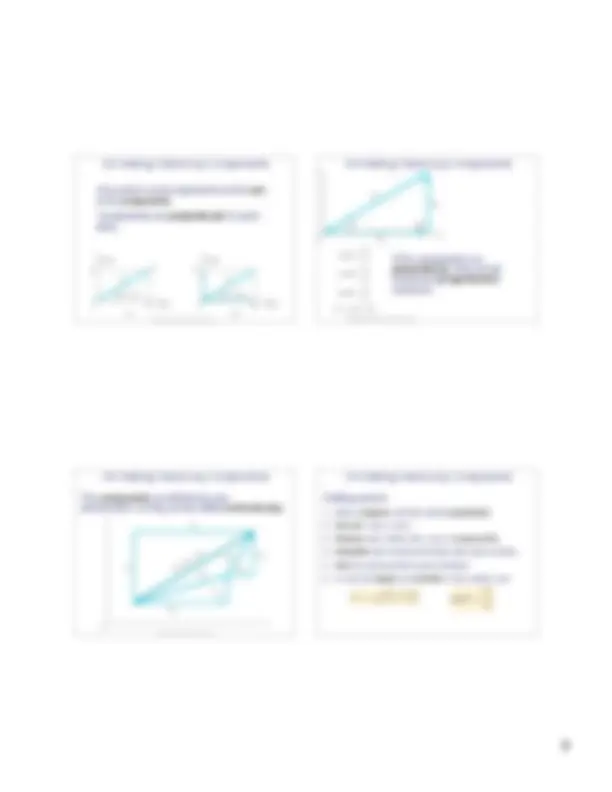



Study with the several resources on Docsity

Earn points by helping other students or get them with a premium plan


Prepare for your exams
Study with the several resources on Docsity

Earn points to download
Earn points by helping other students or get them with a premium plan
Community
Ask the community for help and clear up your study doubts
Discover the best universities in your country according to Docsity users
Free resources
Download our free guides on studying techniques, anxiety management strategies, and thesis advice from Docsity tutors
This chapter explores the concept of vectors, their magnitudes and directions, and the addition of vectors in two dimensions using graphical methods and component resolution. Topics include scalar and vector quantities, addition and subtraction of vectors, and multiplication of a vector by a scalar.
Typology: Study notes
1 / 3

This page cannot be seen from the preview
Don't miss anything!


A vector has magnitude as well as direction. Some vector quantities: displacement, velocity, force, momentum A scalar has only a magnitude. Some scalar quantities: mass, time, temperature
For vectors in one dimension, simple addition and subtraction are all that is needed. You do need to be careful about the signs, as the figure indicates.
If the motion is in two dimensions, the situation is somewhat more complicated. Here, the actual travel paths are at right angles to one another; we can find the displacement by using the Pythagorean Theorem.
Adding the vectors in the opposite order gives the same result:
Even if the vectors are not at right angles, they can be added graphically by using the “tail-to-tip” method.
In order to subtract vectors, we define the negative of a vector, which has the same magnitude but points in the opposite direction. Then we add the negative vector:
A vector V can be multiplied by a scalar c ; the result is a vector c V that has the same direction but a magnitude cV. If c is negative, the resultant vector points in the opposite direction.